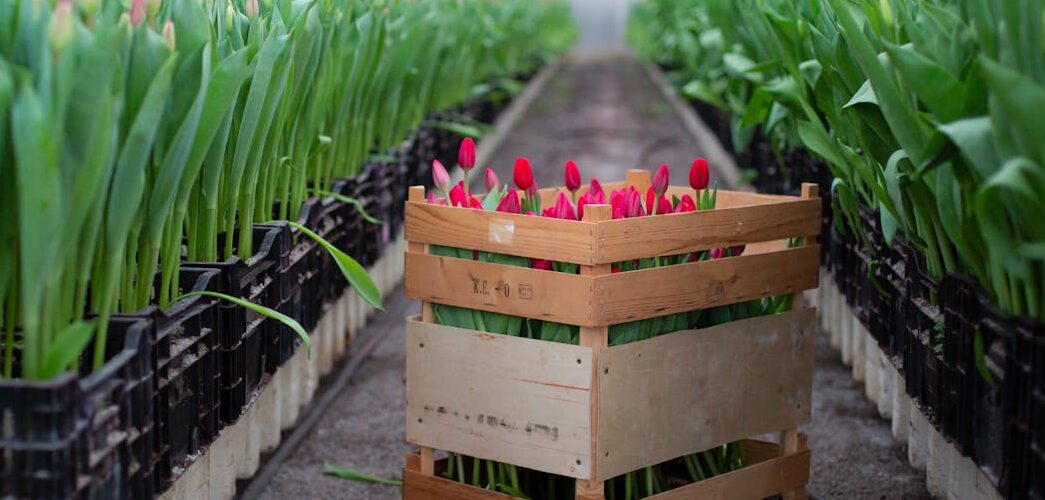Tulips and windmills are two of the most iconic symbols of the Netherlands; however, the bulb-shaped, spring-blooming flower known for its elegant shape and vibrant colours is known in the history books for an infamous incident, Tulip Mania.
Tulips belong to the lily family, Liliaceae, and are native to Central Asia, Iran, Afghanistan, and the eastern Mediterranean. They come in many colours like red, yellow, pink, white, orange, purple, and even multicoloured varieties.

Tulips were first introduced to Europe from the Ottoman Empire (modern-day Turkey) in the mid-1500s. Their vivid colours and unique shapes made them fashionable, especially in the Netherlands, where wealthy citizens saw them as exotic and luxurious.
By the early 1600s, tulips had become a status symbol as people began cultivating rare and beautiful varieties, particularly those with streaks and patterns caused by a virus (which were accidental but highly prized). Demand grew rapidly, and prices started to rise.
Around 1634–1637, tulip bulbs turned from luxury goods into speculative investments. Traders, merchants, and even everyday people began buying and selling bulbs—not to plant them, but to resell them at a profit. They often did this through futures contracts, agreeing to pay for bulbs months later when the tulip season arrived.
For almost a year, tulip bulbs acted almost like currency. People traded them for land, livestock, and houses. Some rare bulbs were worth more than a skilled artisan’s annual income and sometimes even more than a house.
Then, almost overnight in early 1637, the market crashed. Buyers suddenly stopped showing up at auctions.
As the Panic set in, prices started plummeting, and people were left holding worthless contracts. Fortunes were lost, and the Dutch government refused to enforce tulip contracts in court, further accelerating the collapse.
Tulip Mania – A Lesson on Speculative Practices
Interestingly, a flower that typically lasts 1 to 2 weeks under ideal spring conditions can have such an impact.
In books like Tulipomania by Mike Dash and Tulipmania by Anne Goldgar, authors debate how widespread the damage was. Some opinion-makers have compared the speculative frenzy to modern financial bubbles, like the dot-com crash and the housing market collapse.
While it was a real speculative bubble, it probably didn’t destroy the Dutch economy as popularly believed. The financial pain mostly affected a small segment of the population involved in the trade.
Having said that, Tulip Mania was one of the first recorded speculative bubbles, as for a brief period, tulip bulbs in the Netherlands were treated like money and even used to buy homes.
The incident in history is often cited as a cautionary tale about the dangers of irrational market speculation.
Wrapping Up
Even if Tulip Mania can be brushed aside as a minor blip, the flower is deeply entrenched in the Netherlands and its economy.
Though widely speculated, Tulip is not the national flower of the Netherlands, instead, it is Turkey and Hungary.
However, tulip flowers do represent Dutch beauty, precision, and love of horticulture. Every spring, millions of tulips bloom across Dutch fields, especially in places like Keukenhof Gardens, drawing tourists worldwide. Tulip-related festivals and cultural events are often celebrated in many Dutch towns.
Additionally, the country is the world’s main producer of commercial tulip plants, with more than 75 per cent market share, bringing in the moolah.






Add comment